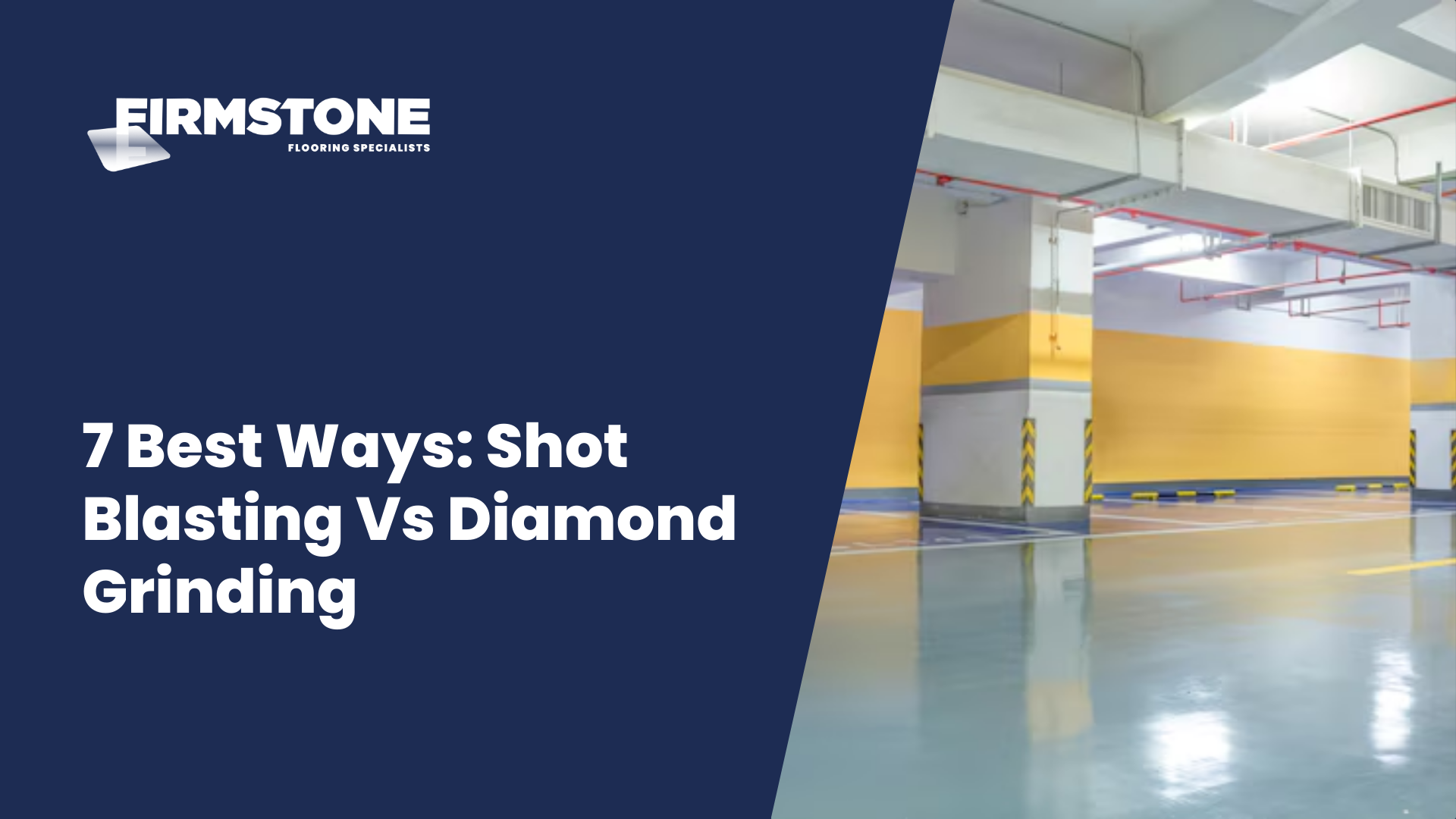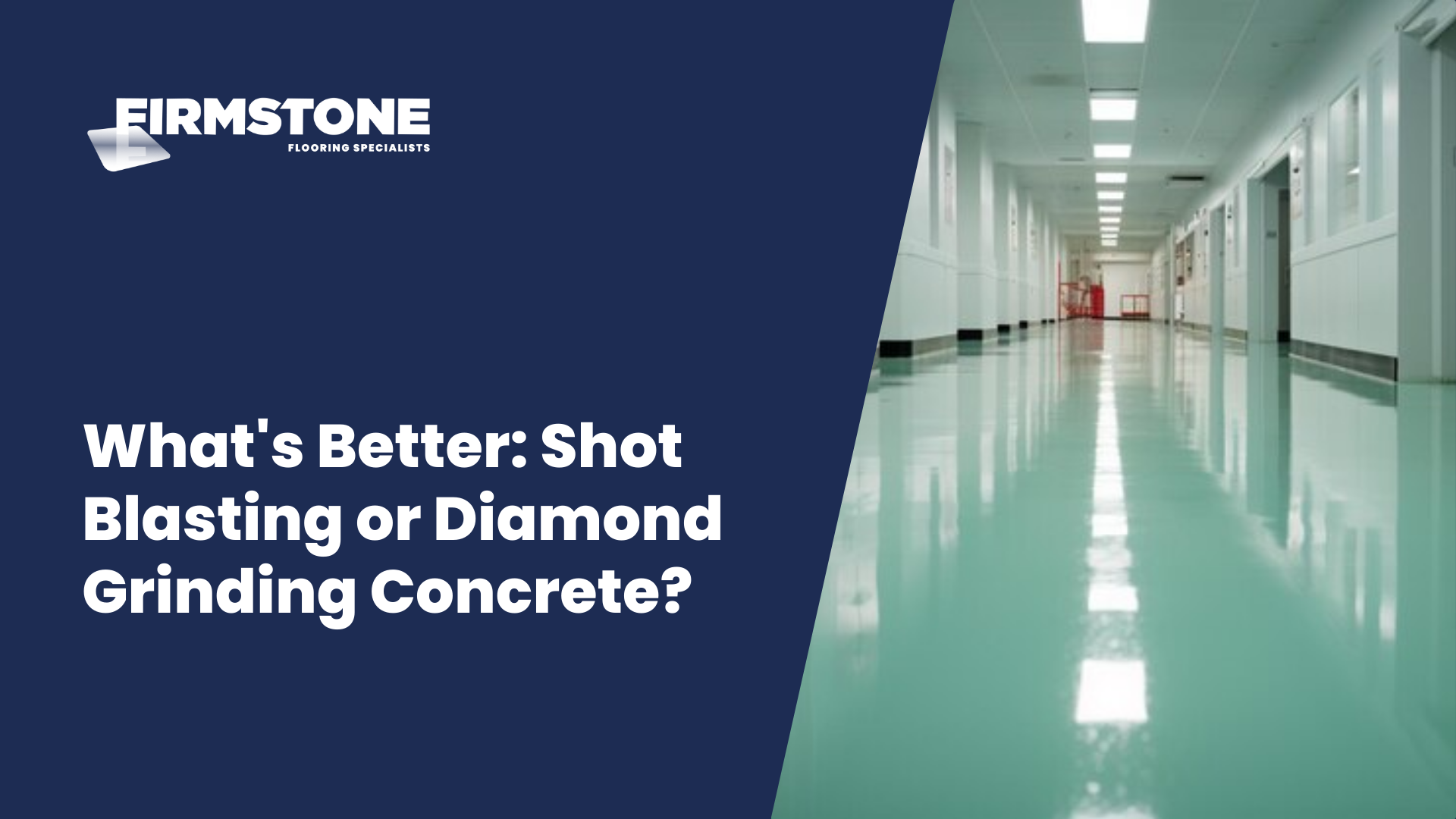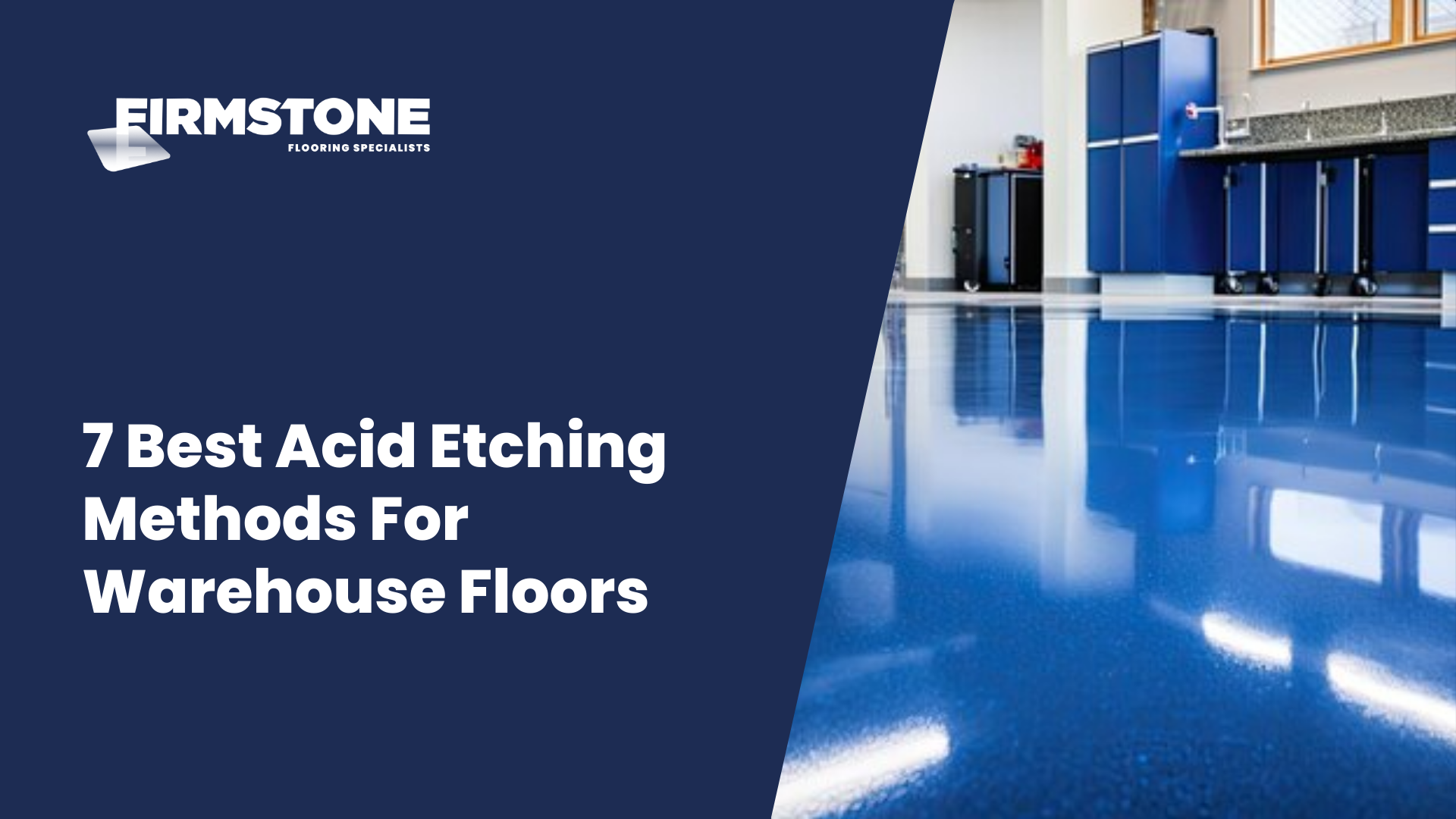
Shot blasting, a method for concrete surface preparation, offers advantages over traditional diamond grinding in efficiency and surface profile control. Particularly suitable for large-scale projects, shot blasting uses a machine to propel steel shot at high velocities through a centrifugal wheel system, creating an immediately clean, coating-ready surface. It achieves superior results, has a high production rate and uses a recycling system, reducing costs and waste while improving production efficiency.

Shot blasting and diamond grinding have distinct merits in concrete surface preparation, impacting project timelines, budgets, and results. Shot blasting is faster, more cost-efficient, and eco-friendly, particularly for large-scale, outdoor projects. Meanwhile, diamond grinding is preferred for indoor applications needing precise, smooth finishes, though it's more labor-intensive and generates more waste. Project requirements, including surface area, finish quality, and environmental constraints, determine the best method.

The choice between shot blasting and diamond grinding for concrete surface preparation depends on specific project needs. Shot blasting is cost-effective and fast, ideal for large areas and heavy coatings, while diamond grinding offers a smoother finish for thin-film applications. These different qualities make the choice dependent on factors such as coating thickness, project timelines, and finish quality.

Warehouse floors require precision maintenance including careful acid etching for durable results. Preparing the floor involves cleaning, moisture testing, and protective measures, while the correct acid solution and application are crucial. Safety protocols for chemical exposure protection are also vital, as are exacting application techniques, thorough rinsing, and correct neutralisation. pH testing is needed to ensure neutrality before subsequent coatings, and specialist methods for heavy-duty floors include creating a stronger acid ratio and regulated etching in sections.